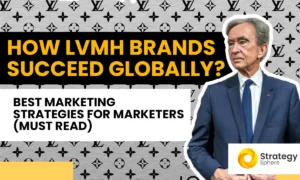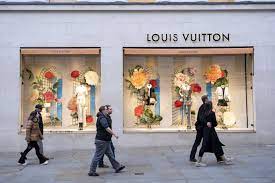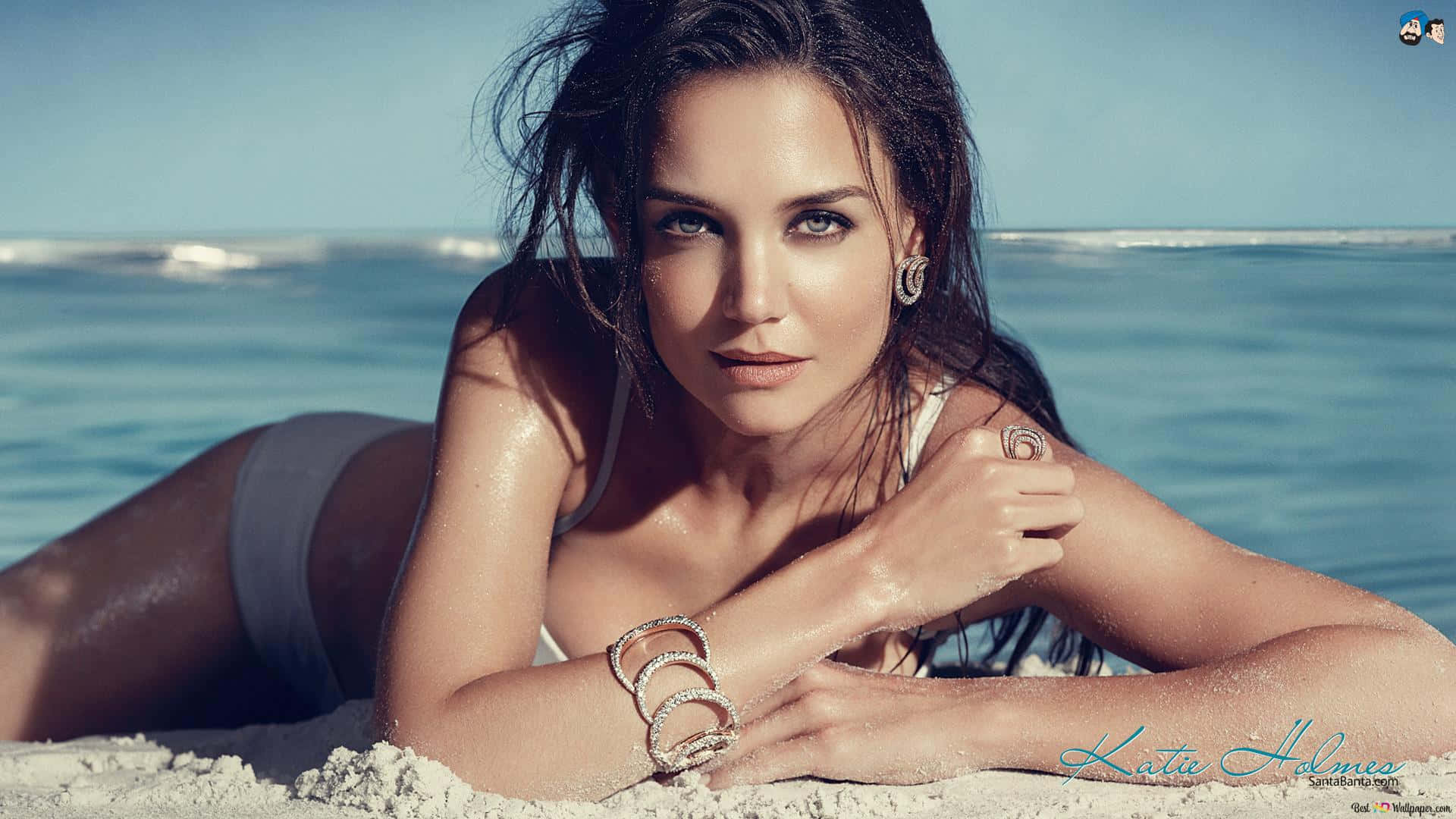LVMH: The Powerhouse of Fashion & Leather Goods!

LVMH Moët Hennessy Louis Vuitton, the world’s leading luxury conglomerate, has long been synonymous with craftsmanship, heritage, and innovation. While its diverse portfolio spans wines, spirits, watches, jewelry, and cosmetics, the Fashion & Leather Goods division stands out as the group’s crown jewel, both in cultural prestige and financial performance.
A Portfolio of Icons
LVMH’s Fashion & Leather Goods segment includes some of the most revered names in the luxury world: Louis Vuitton, Christian Dior, Fendi, Celine, Givenchy, Loewe, Kenzo, Berluti, Marc Jacobs, and more. Each brand carries a distinct identity, yet collectively they form the backbone of LVMH’s fashion empire.
-
Perhaps the most iconic, Louis Vuitton, continues to dominate the luxury space with constant innovation in design and global campaigns. Its monogram is a universal symbol of high fashion.
-
Christian Dior, under Maria Grazia Chiuri’s creative direction, blends classic femininity with a contemporary vision, keeping the house culturally relevant and commercially successful.
-
Fendi and Celine have undergone powerful creative renewals, with Hedi Slimane’s minimalist edge at Celine and Silvia Venturini Fendi preserving Roman flair.
These brands, unified under LVMH’s umbrella, reflect the group’s strategy: empower creative talent, respect heritage, and invest in excellence.
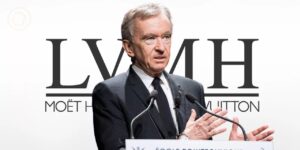
Financial Strength in a Shifting Landscape
Despite global challenges in 2024, including inflation and trade tensions, LVMH’s Fashion & Leather Goods division maintained a commanding lead. The segment generated €41.06 billion in revenue, down slightly from €42.17 billion in 2023, yet still responsible for nearly half of the group’s total sales and three-quarters of its profits.
While a 2% revenue dip might concern some, it is seen in context as a sign of resilience in a volatile market. LVMH continues to outperform competitors by adapting swiftly, expanding into emerging markets, and maintaining product desirability through exclusivity and storytelling.
Louis Vuitton’s bespoke trunks, for example, made headlines as part of partnerships with the Paris 2024 Olympic Games and the Louis Vuitton 37th America’s Cup—a testament to how tradition and modernity intertwine in LVMH’s narrative.
Leadership Moves and Global Strategy
A major recent development was the appointment of Ramon Ros as CEO of Fendi, effective July 2025. Ros previously led Louis Vuitton in Mainland China, where he expanded the brand’s footprint and deepened its resonance with local consumers.
His move signals LVMH’s strategic rotation of internal talent, ensuring that expertise is shared across Maisons to promote consistency, efficiency, and cultural sensitivity. With Asia continuing to be a critical growth region, especially amid a Western slowdown, Ros’s appointment is no coincidence.
Underpinning LVMH’s leadership strategy is Antoine Arnault’s vision, son of Chairman and CEO Bernard Arnault, who continues to modernize legacy houses like Berluti and Loro Piana while preserving their DNA. It’s a balancing act few can achieve, but one the group executes with precision.
Weathering Global Market Challenges
2024 was not an easy year for luxury. Global trade tensions, including a U.S. tariff hike on Chinese imports, led to retaliatory measures that disrupted supply chains and curbed consumer demand. As a result, luxury sales growth is expected to slow by 2% in 2025, reversing the bullish trend of previous years.
LVMH’s competitors—like Kering (Gucci) and Richemont (Cartier)—have felt the pinch more severely. Consumers in the U.S., Europe, and even China have shown signs of pulling back, with high-end purchases often delayed or redirected to investment-based alternatives.
Some brands responded with price hikes to offset rising costs. Chanel, Cartier, and even Dior adjusted their pricing strategies, though LVMH continues to prioritize perceived value and long-term loyalty over quick wins.
Strategic Investment in Resilience
LVMH isn’t sitting still. In 2024 alone, it poured over €5.5 billion into capital investments—more than €1.7 billion of which was spent in France. This included the expansion of ateliers, production sites, and retail stores, signaling a long-term bet on domestic craftsmanship and supply chain sovereignty.
In addition, LVMH is placing greater emphasis on sustainability. The Fashion & Leather Goods division is rolling out circularity initiatives, eco-friendly materials, and transparent supply chain practices, aligning with the values of Gen Z and millennial consumers.
Furthermore, while the industry speculated about major acquisitions, such as Prada’s potential bid for Versace, LVMH remains cautious but open to opportunities that align with its brand DNA. After the 2021 Tiffany acquisition, it now prefers organic growth and heritage-driven storytelling to maintain exclusivity.
LVMH’s future in Fashion & Leather Goods looks promising, albeit cautious. The group is focused on:
Strengthening digital and omnichannel experiences, without compromising the luxury touch.
Expanding in high-potential markets like India and Southeast Asia.
Empowering young creatives while continuing to leverage industry legends.
Through economic headwinds and changing consumer dynamics, LVMH demonstrates what it means to lead with vision and legacy. Its Maisons aren’t just brands; they’re cultural icons, each telling stories that resonate across generations.
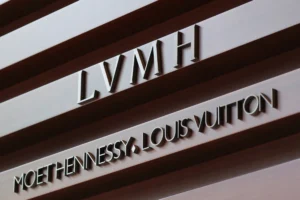 Conclusion
Conclusion
The Fashion & Leather Goods segment is the heart of LVMH, beating strongly despite global turbulence. With masterful leadership, a commitment to excellence, and a forward-looking mindset, LVMH continues to define what it means to be a luxury powerhouse.
In many ways, the story of LVMH is the story of luxury itself: timeless, adaptive, and always a step ahead.









